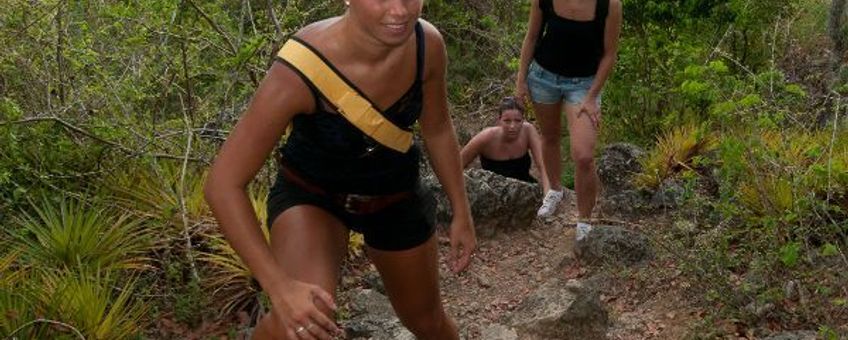
Nederland helpt Caribische koeten en flamingo's op Muizenberg
Bericht uitgegeven door Dutch Caribbean Nature Alliance (DCNA) [land] op [publicatiedatum]
De Nederlandse overheid heeft vier nieuwe draslanden (wetlands) van Internationaal belang aangewezen op het Nederlands Antilliaanse eiland Curaçao. Een van deze zogenaamde ‘Ramsar Sites’ is ‘Muizenberg’, een natuurreservaat en belangrijk vogelgebied van 65 hectare. Muizenberg bevat een ondiep meer, gecreëerd door de aanleg van een dam. Deze dam werd in 1915 aangelegd om zoet water op te vangen voor industriële koeling; nu is het meer de grootste zoetwaterbron van Curaçao. Muizenberg is een belangrijk gebied voor de Caraibische koet (Fulica caribaea) en de Caribische flamingo (Phoenicopterus ruber); daarnaast maakt de plaatselijke bevolking dankbaar gebruik van het gebied voor recreatie. Verstoring door recreatie vormt echter samen met illegaal afvaldumpen en vervuiling wel een bedreiging voor het gebied.
Lees verder in het Engels......
The government of the Netherlands has designated four new coastal and near-coastal Wetlands of International Importance on the Netherlands Antilles island of Curaçao. One of the new so called ‘Ramsar Sites’ is Muizenberg, an important bird area and a Natural Park of 65 ha.

Muizenberg
Muizenberg comprises an intermittent shallow lake created by the damming of a stream that drains the surrounding low hills. Periodically inundated grassland and shrubland surround the wetland. A separate small pond, Kaya Fortuna, is situated 200 m to the west. This area is internationally significant for its population of the Caribbean coot (Fulica caribaea), near-threatened under the IUCN Red List, and the Caribbean flamingo (Phoenicopterus ruber) conserved under the Convention of Migratory Species, but it also supports many other waterbirds, both residents and migrants. The Muizenberg dam was built by Shell Curaçao in 1915 to collect freshwater for industrial cooling purposes; with a capacity of 650,000 m3, it represents the largest freshwater reservoir on the island. The area was designated as a Natural Park for the improvement of the urban living conditions of the nearby population and is mainly used by hikers for recreational purposes. Illegal dumping of garbage, pollution, drainage of surrounding wetlands, and recreational disturbance are seen as the main potential threats. A general environmental education programme is being implemented.
Text: Nathaniel Miller, DCNA
Picture: Henkjan Kievit
Nederlandse inleiding: Sara Mulder, De Natuurkalender
